A key to understanding to such attacks -- including Tuesday's in Brussels -- will be to examine the explosives used in the bombings.
French prosecutors say the bombs ISIS used in its November attacks in Paris that killed 130 were made from triacetone triperoxide, or TATP. If it turns out that the bombs in Brussels were made from TATP, it would tend to link the attacks directly to those in Paris.
TATP-based bombs are built using the common household ingredient hydrogen peroxide, which is used to bleach hair. Such bombs have been a signature of jihadist terrorists in the West for more than a decade because the materials are so easy to acquire, unlike military-grade explosives, which are tightly controlled in much of the West.
Their use in the Paris attacks, as well as in terrorist plots in London and in the United States over the past decade, should remind law enforcement in the West that these TATP bombs are what jihadist terrorists will continue to deploy.
What is tricky for those hoping to utilize such weapons is that TATP bombs are quite difficult to make because their ingredients, when combined, are highly unstable and can explode easily if mishandled. To make an effective TATP bomb requires real training, which suggests a relatively skilled bomb-maker was involved in the Paris plot, since the terrorists detonated several bombs.
The dangers of TATP bombs can be seen in the case of Matthew Rugo and Curtis Jetton, 21-year-old roommates in Texas City, Texas. They didn't have any bomb-making training and were manufacturing explosives in 2006 from concentrated bleach when their concoction blew up, killing Rugo and injuring Jetton. The pair had no political motives: They had just wanted to blow up a vehicle for fun.
Others in the United States have built TATP bombs with far more malevolent intent. Najibullah Zazi, who grew up in New York, wanted to blow up as many commuters as possible on the subway system in Manhattan.
Al Qaeda trained Zazi to make a TATP bomb in Pakistan, and during the summer of 2009, he made bulk purchases of hair bleach in suburban Denver and set up his bomb factory in a nearby motel room.
He mixed and cooked batches of hair bleach in the kitchenette of the motel. On the night of September 6, 2009, as he labored over the stove, Zazi sent several emails to an al Qaeda operative "Ahmad." The emails contained a well-known al Qaeda code for a terrorist operation being imminent -- "the marriage is ready" -- and also asked for specific instructions "right away, please" about the other ingredients needed for the explosive.
Zazi had mastered the manufacture of the hair bleach-based bombs, but he had forgotten the precise proportions of those ingredients needed to ignite the mixture.
If Zazi had sent these emails to an ordinary email account in Pakistan, anyone monitoring it would have assumed the query was about making a wedding cake. But the email address Zazi used to touch base with "Ahmad" was sana_pakhtana@yahoo.com, an account that British intelligence was monitoring because someone using it had also been in touch with al Qaeda recruits in the United Kingdom.
British authorities tipped off American officials that the email account belonged to an al Qaeda operative in Pakistan, and the U.S. National Security Agency began monitoring it.
Once the FBI realized there was an al Qaeda recruit living in Denver making TATP bombs, it intensively monitored Zazi. He traveled from Denver to New York to carry out his plan around the eighth anniversary of 9/11 and was soon arrested, as were two of his co-conspirators, all of whom were given long prison sentences.
More successful for al Qaeda was the cell of British suicide bombers who carried out the "7/7" London bombings. They used their training to heat up and distill ordinary hair bleach, combining it with other ingredients to make effective bombs. Making these bleach-based bombs was a complex process, not something that could be picked up by reading bomb-making recipes on the Internet. The ringleader had received bomb-making training from al Qaeda in Pakistan.
In an apartment the London plotters had rented to serve as their bomb factory, they mixed the chemicals. As they brewed up batches, they wore disposable masks because of the high toxicity of the materials, which bleached their dark hair a noticeably lighter color. They installed a commercial-grade refrigerator in the apartment to keep the highly unstable bomb ingredients cold. They built four devices.
Hydrogen peroxide-based bombs would again be the signature of a cell of British Pakistanis who plotted to bring down seven passenger jets flying to the United States and Canada from the United Kingdom during the summer of 2006. The plotters were intent on committing suicide during the attacks on the passenger jets. Six of them made "martyrdom" videotapes recovered by British investigators.
British authorities were tracking the ringleader intensively in the summer of 2006. When he was arrested in east London in August 2006, he was carrying a memory stick storing flight plans for United Airlines, American Airlines and Air Canada jets flying from the United Kingdom to destinations such as Chicago, Washington, Los Angeles, San Francisco, Montreal and Toronto.
Investigators later found several large bottles containing concentrated hydrogen peroxide that one of the conspirators had dumped in a London park. The plotters were planning to bring the liquid explosives disguised as soft drinks in hand luggage onto the flights they had targeted, together with other innocuous-looking items that could act as triggers. They had planned to assemble their bombs on the planes.
It was this plot that triggered airlines to ban almost all liquids being taken on flights.
As investigators try to piece together what happened in Brussels, they will surely be looking for where the bombs were assembled. They will also be trying to determine who built the bombs. Were they built by the terrorists themselves, as was the case with the London plotters, or did someone else build them? And where did the training to build the bombs happen? Was it in France, Belgium or in Syria, or in some other location? These are some of the questions that, hopefully, the investigation will eventually unearth.
After 9/11, the New York Police Department initiated Operation Nexus, in which officers visited thousands of stores in the city and the wider Northeast region that sold or distributed materials that could be used in a terrorist operation. It could be anything from pipes useful for pipe bombs to the explosive "black powder" that can be found in fireworks. Each store owner would be told, "If you see in an anomaly in a purchase, let us know."
Zazi was just such an anomaly, as he was a dark-haired, bearded Afghan-American man in his 20s who bought six bottles of Clairoxide hair bleach during one shopping trip at a store in a Denver suburb. Zazi returned to the store a month later and purchased another dozen bottles of Ms. Kay Liquid, which is also a peroxide-based hair bleach.
It's that kind of bulk purchase of hydrogen peroxide that should trigger a suspicious activity report in the United States and other Western countries.









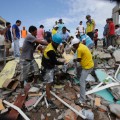
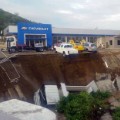
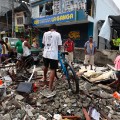
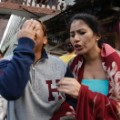
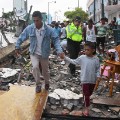
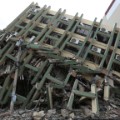
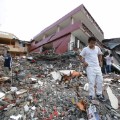
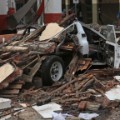
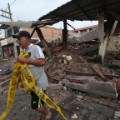

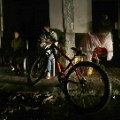
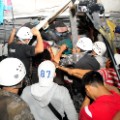
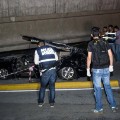

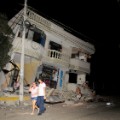
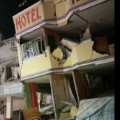



































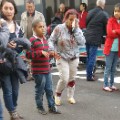
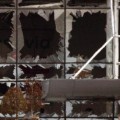
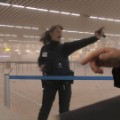
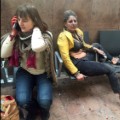

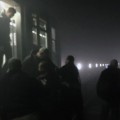
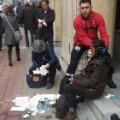

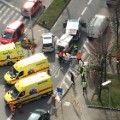


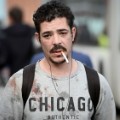
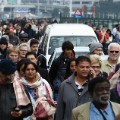

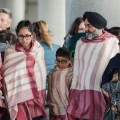
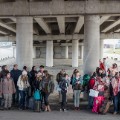

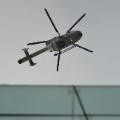
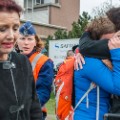


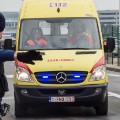







 {{ article.title }}
{{ article.title }}